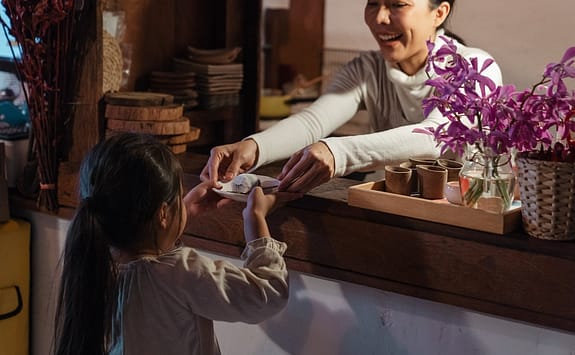
Routines provide us the structure needed to build good habits. Habits shape our lives.
Instilling healthy habits in our children through the practice of routines will do wonders! Think of the health problems, mental illnesses, or addictions that can be avoided through healthy habits. Routines can help our children avoid destructive behaviors and, instead, replace them with empowering habits helping them accomplish their dreams and goals in life.
There are two types of routines that I’d like to discuss: offensive and defensive. Think of offensive routines as a way to use digital technology as a tool for growth, knowledge, and motivation in our lives. Think of defensive routines as a way to help develop boundaries that protect against unhealthy behaviors with digital devices.
Let’s first start with the offensive routines.
In my post, The Game-Changer, I describe the way screen-time can be used as an incentive for other healthy activities that don’t involve being on a screen. The principle of work first, then play is critical for children to learn. It’s very easy for children and youth to fall into the habit of getting on a screen to avoid “work” or activities that appear unpleasant. Helping children and teens get in the habit of completing their work or “less desirable” activities before getting on a screen for entertainment is huge! Establishing routines where children and youth learn to create, work, serve, or exercise in order to “earn” their screen-time will help build healthy habits.
The other offensive routine I’d like to touch on is something I call Passionate Pursuits. As we’re all well aware, the internet provides a wealth of information on just about every conceivable topic. Wikipedia, Khan Academy, and tons of online libraries, are just some of the examples of the incredible resources of information readily available to us. As a result, the information we need to start a new hobby, learn a new skill, or investigate a question about the world is available at our fingertips within seconds. Powerful! So, instead of having children view screens as just a device they watch the next TV show on, we can show them how to use screens to fuel their passions? With a bit of coaching and structure, children can learn quickly how to use their “smart” devices to aid them in active learning and accomplishment.
Photo by Julia M Cameron on Pexels.com






